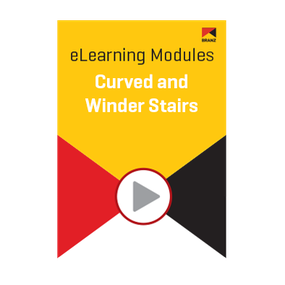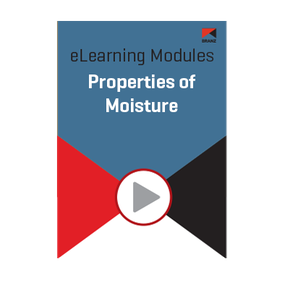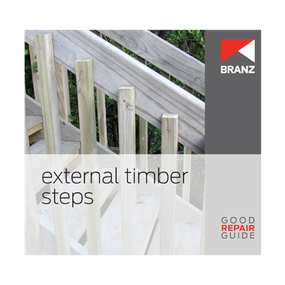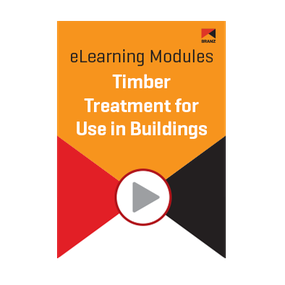
REBRI Resource Recovery Plasterboard: Collection and Transportation (PDF)
Product Description
This guide provides good practice advice to improve recovery rates for waste plasterboard from construction and demolition (C&D) sites.
The aim is to assist collection and transportation services to C&D sites to:
- maximise the amount of plasterboard diverted from the landfill and cleanfill
- minimise contamination and damage
- meet the requirements of the construction or demolition client and the recycling operator.
This guideline covers:
- finding good markets for recycled plasterboard
- collection and transportation services
- health and safety hurdles
- resources and contacts
- other guidelines in this series.
Disclaimer: Please note that our publications reflect the regulations and best practices on the date of release, which is shown on the publication. As regulations and industry standards evolve, we always recommend that our publications be read in conjunction with the latest building code clauses and standards.
| Publication date | 1 March 2024 |
|---|---|
| Author | BRANZ |
| Product type | Book |
| Availability | Available |
| Product code | BR018 |
Products you recently viewed
Stairs Module: Curved and Winder Stairs
This module covers D1/AS1 design requirements for curved and winder stairs.
Module: Properties of moisture
The structure and behaviour of moisture can help us understand why a house is having weathertightness issues and how to design to avoid those issues. Weathertightness issues in houses can lead to health problems, financial headaches and structural worries.
Topics covered in this self-paced module:
- Why is moisture important to understand?
- What form does H₂O take?
- How does it behave?
- Library of useful material
Gain 100% in the test at the end of the module, and you'll receive a record of your completion that can be submitted as part of your CPD activity log.
Good Repair Guide: External timber steps
External timber steps and handrails are exposed to all weather conditions, including regular wetting and drying and high levels of UV light. Regular wetting and drying causes swelling and shrinkage of the timber, while changes in ambient temperature results in continual thermal expansion and contraction. The constant movement of the timber causes warping and cupping, joints to open up, nails to pop and fixings to become loose. In addition, timber that remains wet for extended periods of time becomes slippery, and rotting may occur.
This Good Repair Guide identifies some of the common problems and repair options for external timber steps and handrails. When damage to external steps is extensive, the best option is often full replacement.
Disclaimer: Please note that our publications reflect the regulations and best practices on the date of release, which is shown on the publication. As regulations and industry standards evolve, we always recommend that our publications be read in conjunction with the latest building code clauses and standards.
Module: Timber treatment for use in buildings
This module focuses on the basic concepts of timber treatment for use in buildings.
Topics covered in this self-paced module:
- Why do I need to use different timber in different places?
- When can I use different timber?
- How do I know what it has been treated with?
- What fixing can I use with which treatment?
- What are common mistakes/problems with treated timber?
- Library of useful materials
Gain 100% in the test at the end of the module, and you\'ll receive a record of your completion that can be submitted as part of your CPD activity log.
Stairs Module: Stair Landings
This module covers design and construction requirements for landings, including quarter and half landings.
Good Repair Guide: Subfloor timber
A bouncy or springy floor or a floor that is noticeably uneven is often the first indication that there may be a problem with the subfloor framing.
Subfloor timbers include joists, bearers, wall plates, jack studs, braces and stringers. They are structural components of a building, and any damaged or understrength subfloor timbers must be repaired or replaced regardless of the cause.
This Good Repair Guide looks at the causes of common problems with subfloor timber and outlines the repair options.
Disclaimer: Please note that our publications reflect the regulations and best practices on the date of release, which is shown on the publication. As regulations and industry standards evolve, we always recommend that our publications be read in conjunction with the latest building code clauses and standards.





